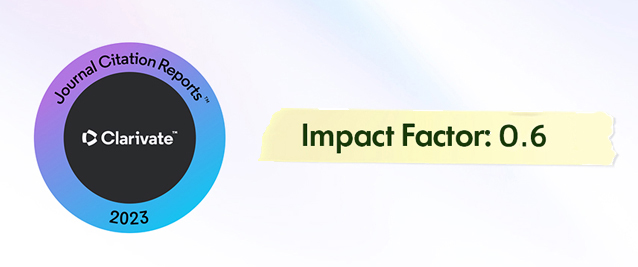Abstract
Due to the rapid growth in the world’s population and industrialization, the demand for plastic has increased over the past few years. Synthetic plastics are produced from fossil fuels and their continuous use has significantly increased the global greenhouse gas (GHG) emissions making the carbon footprint of plastics high. These conventional plastics are not easily degradable, and their disposal poses an environmental threat to humans and aquatic organisms. Several innovations are ongoing to produce bioplastics from alternative materials that are renewable, easy to dispose of and biodegradable without compromising their physical and mechanical properties. The substitution of synthetic plastic with bioplastics from plants and animals’ by-products will significantly decreases the amount of packaging waste generated. Numerous biomass feedstocks from polysaccharides, lipids and proteins are used in the production of bioplastics. However, the mechanical properties of bioplastics are continuously improved by using various reinforcement techniques to enhance their properties and increase their applicability. The influence of the type of feedstock, synthesis techniques, type and concentration of plasticizer and fillers blended with the feedstock on the physio-mechanical properties and degradation of bioplastics was reviewed in this study. The opportunities and challenges of bioplastics from biomass were also outlined.














